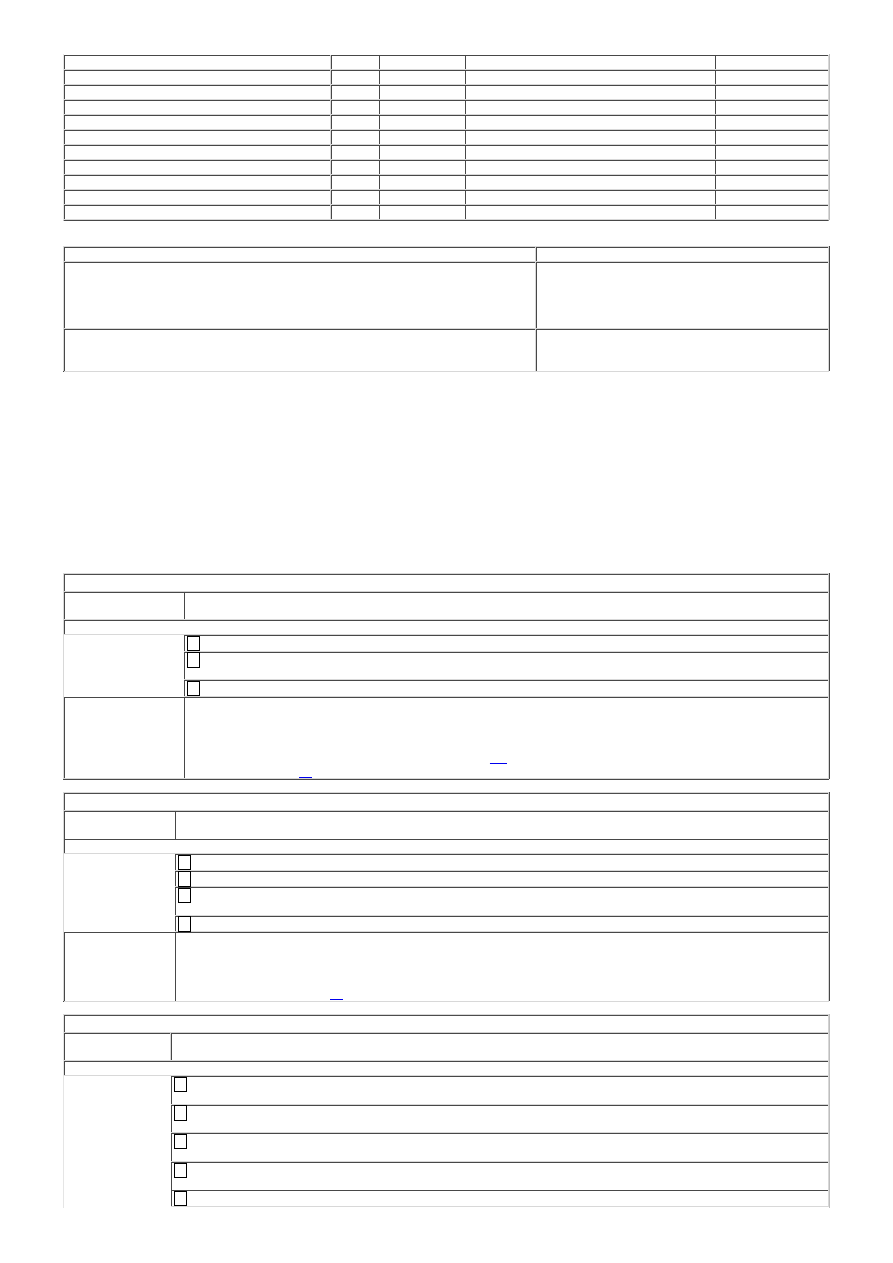Frelander 2. Manual - part 614

1
2
3
1
2
3
4
1
2
3
4
5
Carline
Market Seat position Automatic Locking Retractor Installed From Model Year
Range Rover Evoque (L358)
All
Driver
No
2011
Range Rover Evoque (L358)
ROW
Passenger
No
2011
Range Rover Evoque (L358)
US
Passenger
Yes
2011
Range Rover Evoque (L358)
ROW
Row 2
No
2011
Range Rover Evoque (L358)
US
Row 2
Yes
2011
Range Rover (L322)
All
Driver
No
2003
Range Rover (L322)
ROW
Passenger
No
2003
Range Rover (L322)
US
Passenger
Yes
2003
Range Rover (L322)
ROW
Row 2
No
2003
Range Rover (L322)
US
Row 2
Yes
2003
The automatic locking retractor function is a feature to secure a child seat or heavy load to the seat
Activation
Deactivation
• NOTE: W hen automatic locking retractor is activated, no further webbing
can be drawn from the safety belt retractor, prior to disengagement of the
automatic locking. This can be mistaken as a jammed safety belt retractor
Activated by total extraction of the webbing
Automatic locking retractor is deactivated by
allowing the webbing to retract until the
clicking stops (close to park position)
W hen activated the automatic locking retractor is identified by a clicking
noise during webbing retraction
When deactivated the automatic locking
retractor safety belt changes state, from a
static safety belt to an automatic safety belt
Safety Belt Locking Test
With the vehicle stationary and on level ground take firm hold of the safety belt webbing (on the tongue side of the upper
safety belt anchor) and withdraw sharply, the retractor should lock. Preventing further webbing release (repeat this test
3 times). Any safety belt retractor which fails to lock must not be used and a new safety belt must be installed.
DTC Index
For a list of diagnostic trouble codes that could be logged on this vehicle, please refer to Section 100-00 or for removal
and installation/description and operation see Section 501-20
Diagnostic Guide Inertia Reel Safety Belts
PINPOINT TEST A : BACKLOCK
TEST
CONDITIONS
DETAILS/RESULTS/ACTIONS
A1: BACKLOCK
Visually inspect the condition of the suspect safety belt
Draw a maximum of 20mm of the webbing from the safety belt retractor with moderate force. Then
release the webbing
Check for correct operation twice
Does the webbing move freely then retract correctly?
Yes
No further action required
No
For first row safety belt GO to Pinpoint Test
C.
For second and third row safety belts GO to
Pinpoint Test
B.
PINPOINT TEST B : WEBBING-TRAPPED IN SEAT
TEST
CONDITIONS
DETAILS/RESULTS/ACTIONS
B1: WEBBING-TRAPPED IN SEAT
Visually inspect the condition of the suspect safety belt
Lift the seat base or release the seat backrest as required
Free the trapped webbing, allow the webbing to retract Note: If the automatic locking retractor is
activated, allow the webbing to retract until the clicking stops
Check for correct operation twice
Does the webbing move freely then retract correctly?
Yes
No further action required
No
GO to Pinpoint Test
C.
PINPOINT TEST C : SAFETY BELT RETRACTOR-WEBBING GUIDE LOOSE
TEST
CONDITIONS
DETAILS/RESULTS/ACTIONS
C1: SAFETY BELT RETRACTOR-WEBBING GUIDE LOOSE
Refer to 501-20 removal and installation section of the workshop manual, remove any trim panels
required to expose the D loop (anchor point) and safety belt retractor
Check the webbing is not trapped or twisted and is centrally located on the safety belt retractor
spindle
Attempt to withdraw the webbing from the safety belt retractor NOTE: If the safety belt webbing is
jammed, the automatic locking retractor could be engaged
To release the automatic locking retractor, manually wind the webbing onto the spindle until the
automatic locking retractor deactivates (clicking stops)
Fully extract webbing